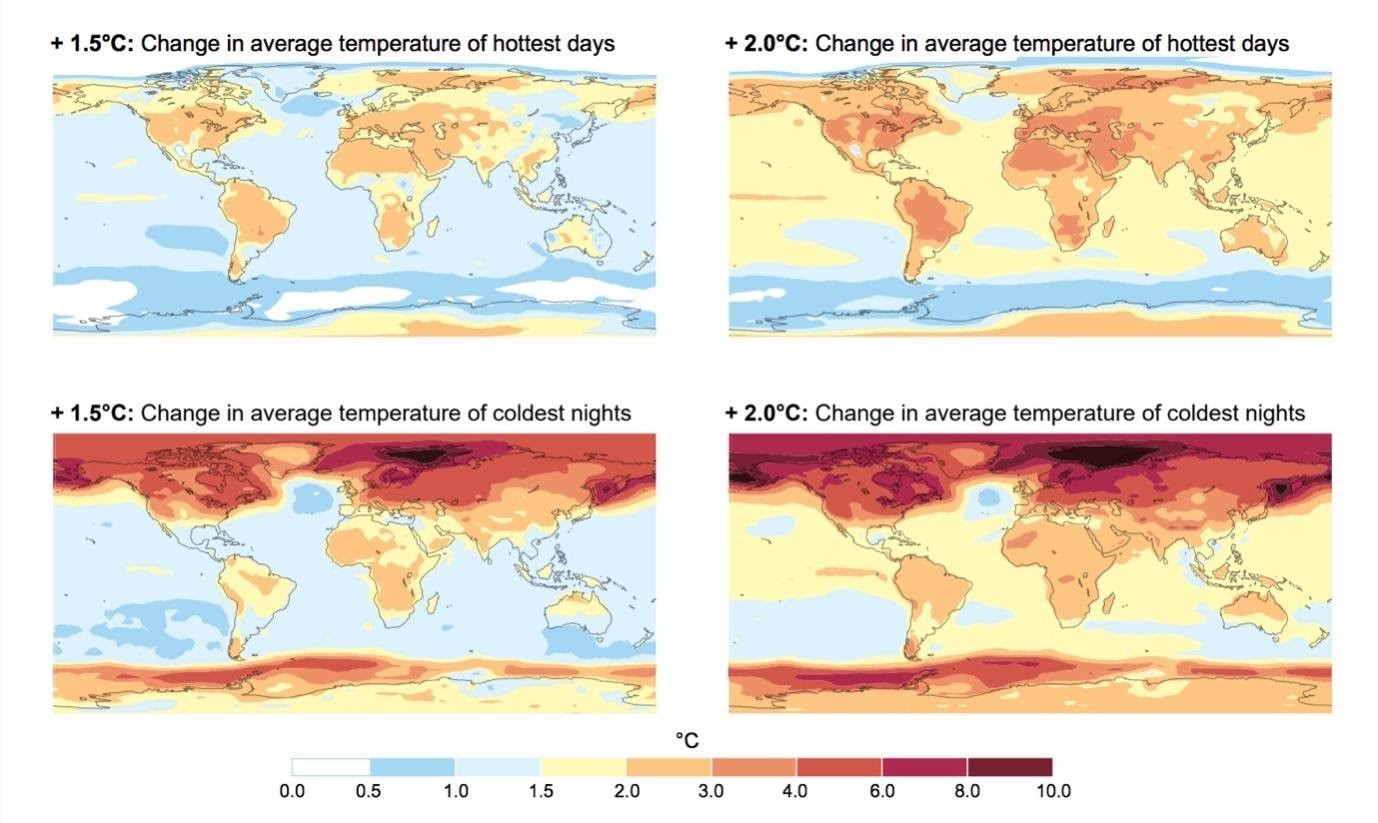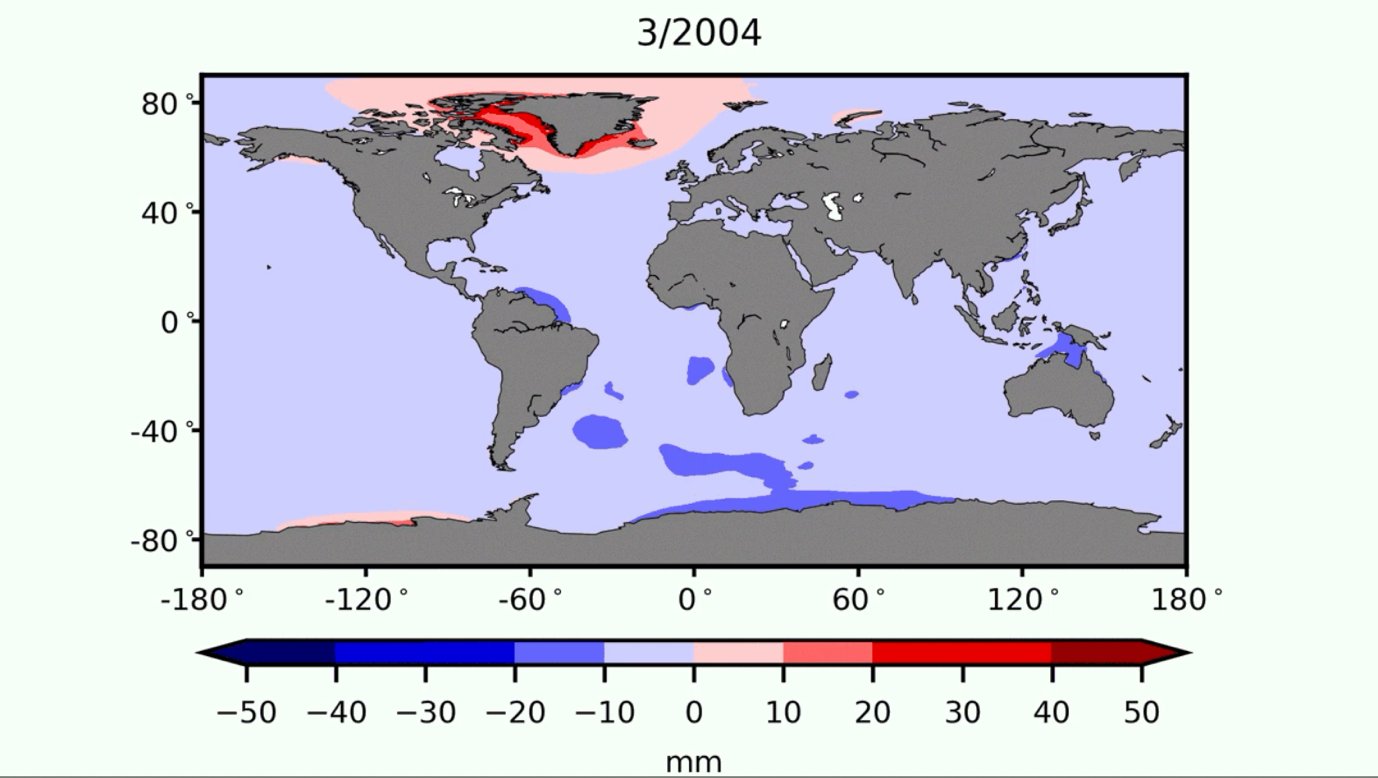“The average global temperature ceaselessly soars, setting the pace for the upcoming decade as environmental anomalies continue to spike on our heating planet.”
At every particular instance when human beings have chosen to remain boorishly ignorant, large-scale social and environmental cataclysms have occurred. Ranging from the unavoidable need to acknowledge human suffering in less fortunate communities to acting on the reduction of unsurmountable plastic waste deposits, we have had minimal progress with considerable negative growth in response. Now, almost every credible climate forecasting model predicts that in the approaching five years, the average global temperature will cross the 1.5 degree Celsius threshold. What does this mean?

Astronomical reports of data and nostalgic ‘Then v/s Now’ reels of environmental landmarks have consistently proven that the late 20th century has drastically sped up the climate crisis that we face today. With the Industrial Revolution laying the foundation for fossil-fuel based industries, it is widely considered to be the base period for assessing global average temperatures due to the abundance of geographically-outspread data and notable visibility in active global warming. Decades have passed by, industries have kept growing at the expense of incessant usage of fossil fuels and now, we are beginning to implement changes based on years of data and analysis.
According to the IPCC (Intergovernmental Panel on Climate Change), human activity has considerably increased greenhouse gas emissions in the past 50 years and carbon dioxide, in particular, has increased from 280 parts per million to 412 parts per million in the past 150 years. As these components cause excessive warming of the Earth’s atmosphere, the average temperature of every region of the planet rises. Since the Industrial Revolution happens to be an era defining climacteric, its only suitable to assume that it can be held as a check-point for further climatic changes that the world has been experiencing ever since. Adopted in late 2015 by 189 party nations, the Paris Agreement (also known as l’accord de Paris) was later signed to put into effect the maintenance of average global temperature much below 2.0 degree Celsius and to steady it at a threshold of 1.5 degree Celsius, effective immediately at full capacity.With the temperature roughly extending to 1.1 degree Celsius while the agreement was in the works, it did seem as an attainable goal with rigorous execution and large-scale practices to significantly diminish obvious after effects such as the sea level rising, temperature shifts that would affect crop growth and naturally, entire habitats.
However, the one thing we can rely on ourselves for – as humans – is consistency in being unable to alter unrelentingly outdated mechanisms that have time and again proved to be harmful. In the upcoming 5 years, global temperatures are said to cross a record 1.5 degree Celsius average. What does this suggest?

As temperatures begin to increase globally, they vary over different regions and bring in extreme climatic anomalies such as droughts, heatwaves, tsunamis and wildfires. As seen in the above climate chart recorded by NASA, these changes are bringing about large and sudden shifts in normal temperatures thereby affecting all biomes.
The rising sea level has been a matter of major focus in the climate crisis as it instantly affects all coastal regions and island nations. Even with an extra fraction of a degree, glaciers melt and cause fluctuation in the salinity of water bodies, playing a dual role of affecting marine life and also causing an alarming rise in water levels which brings about series of unrelenting tropical storms that ravage marshlands thus making them more susceptible to anomalies in the future.

With growing awareness around reducing one’s carbon footprint and taking up vegetarianism, green power usage and limiting carbon emissions, we note that on one hand, today’s youth is advancing towards clean and sustainable living by adopting radical techniques while unfortunately, on the other hand mammoth-sized global corporations are yet to catch up. Upon assessing the damage and seemingly irreversible condition that our fragile planet is in, it does not take one much to assume that whatever actions we take henceforth have to be carefully and strategically planned out with astute enactment. Change is being implemented, yes – on an individual as well as industry level due to the surge of awareness. However, to curb the average temperature and sustain it well below the imminent 2.0 degree Celsius, we need to act bigger and more efficient than ever before.
Written By: Ashita Udeshi
Sources:
Article:
https://www.unenvironment.org/news-and-stories/story/record-temperature-trajectory-threatens-breach-15degc-global-heating
https://www.bbc.com/news/science-environment-45678338
https://climate.nasa.gov/news/2878/a-degree-of-concern-why-global-temperatures-matter/
https://climate.nasa.gov/news/2865/a-degree-of-concern-why-global-temperatures-matter/
https://economictimes.indiatimes.com/news/international/world-news/un-world-could-hit-1-5-degree-warming-threshold-in-5-years/articleshow/76873271.cms
https://www.bbc.com/news/science-environment-38745937
https://climate.nasa.gov/causes/
Image:
https://www.axios.com/fastest-melting-greenland-glacier-abruptly-slows-melt-rate-b616aa1e-7e71-4d6a-94e2-0abbb2840fd0.html
https://climate.nasa.gov/internal_resources/1757/
https://climate.nasa.gov/news/2865/a-degree-of-concern-why-global-temperatures-matter/
